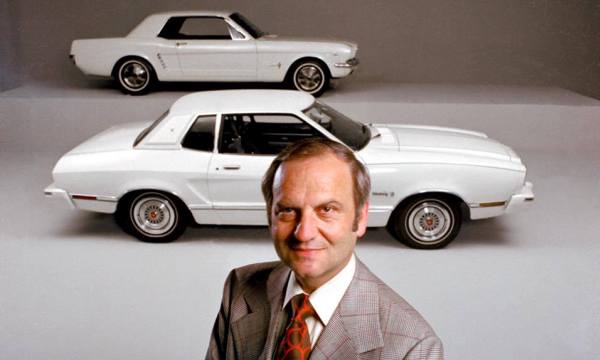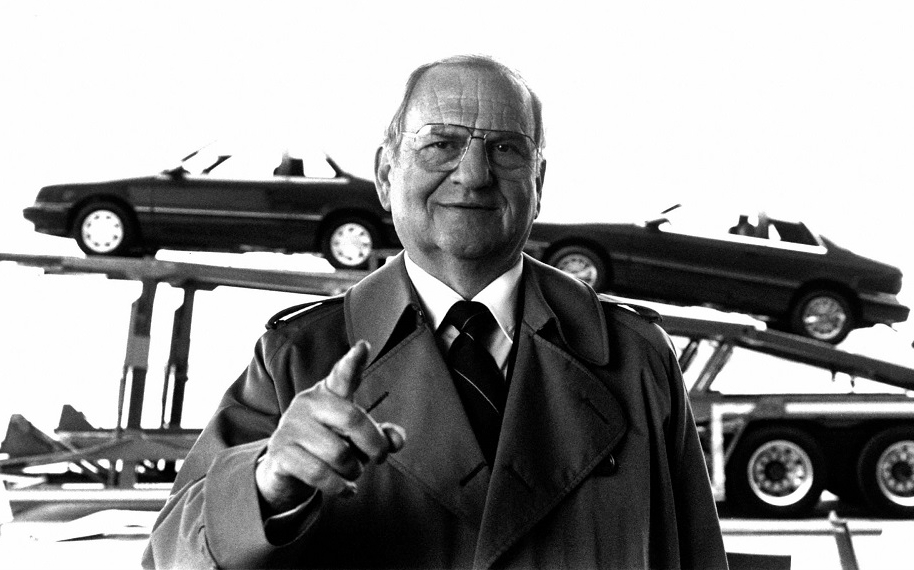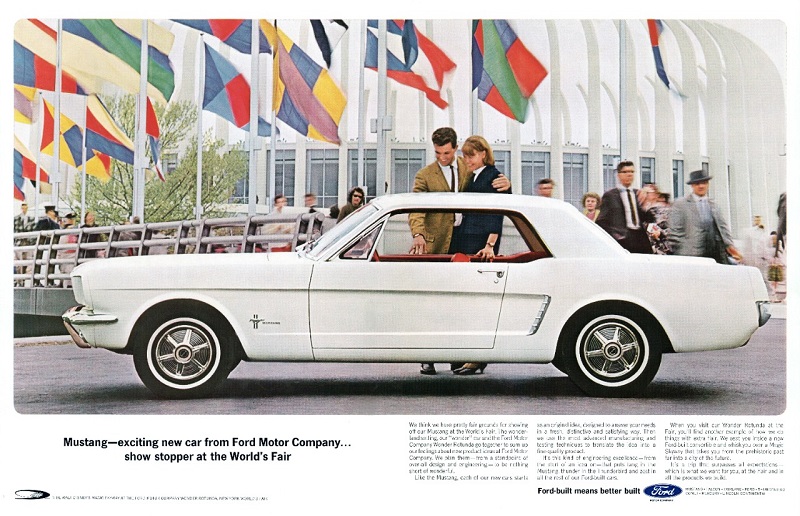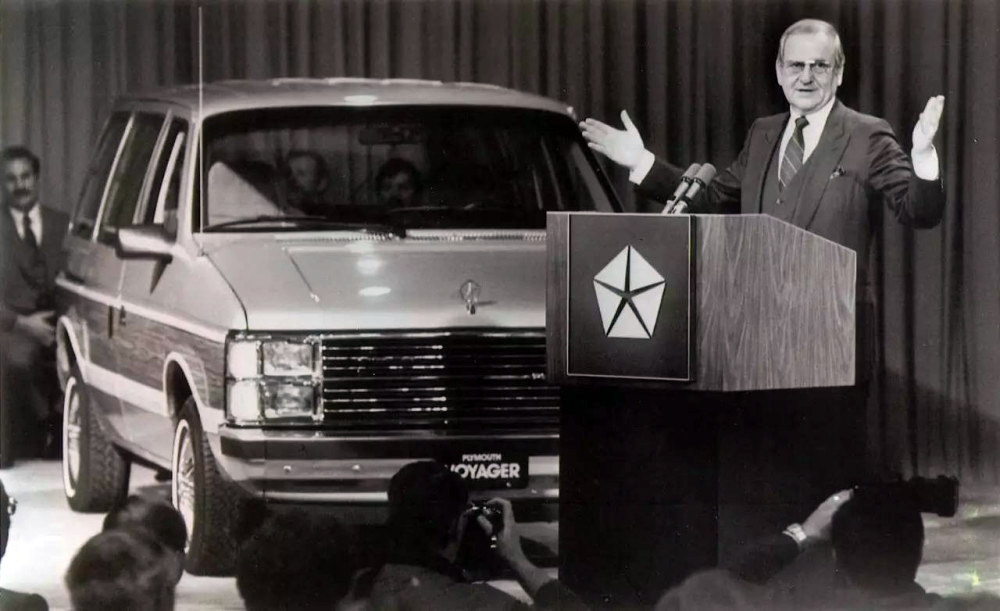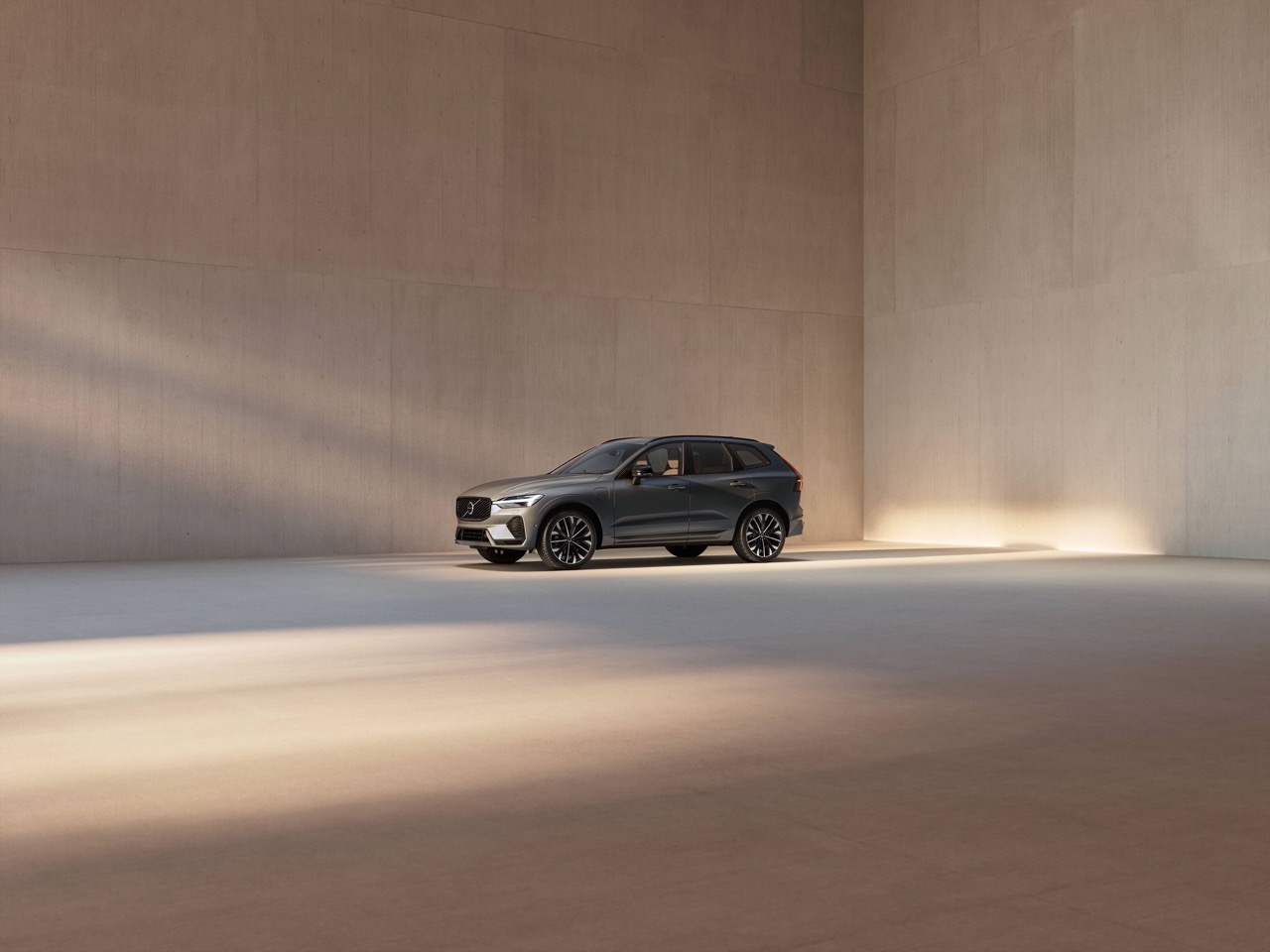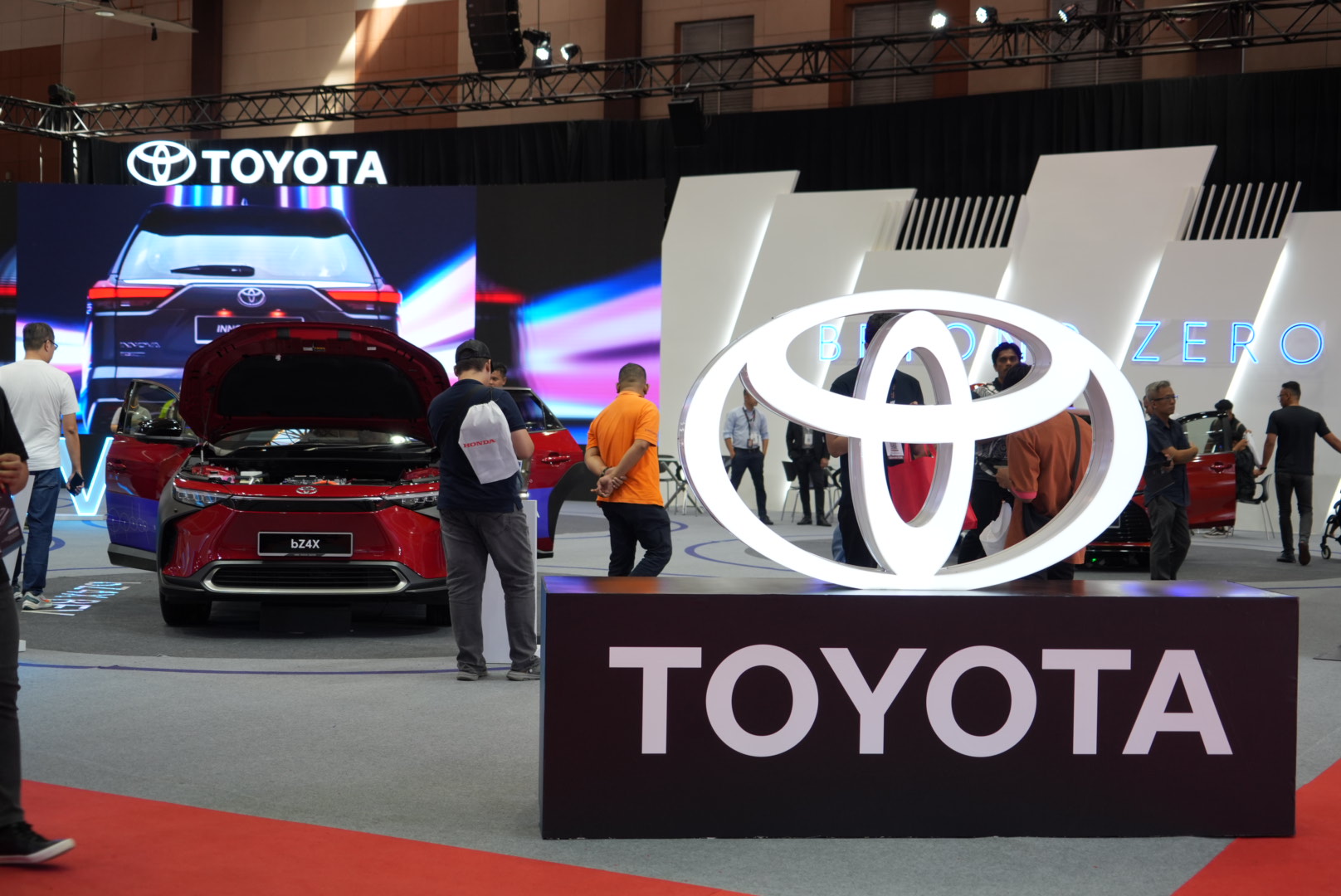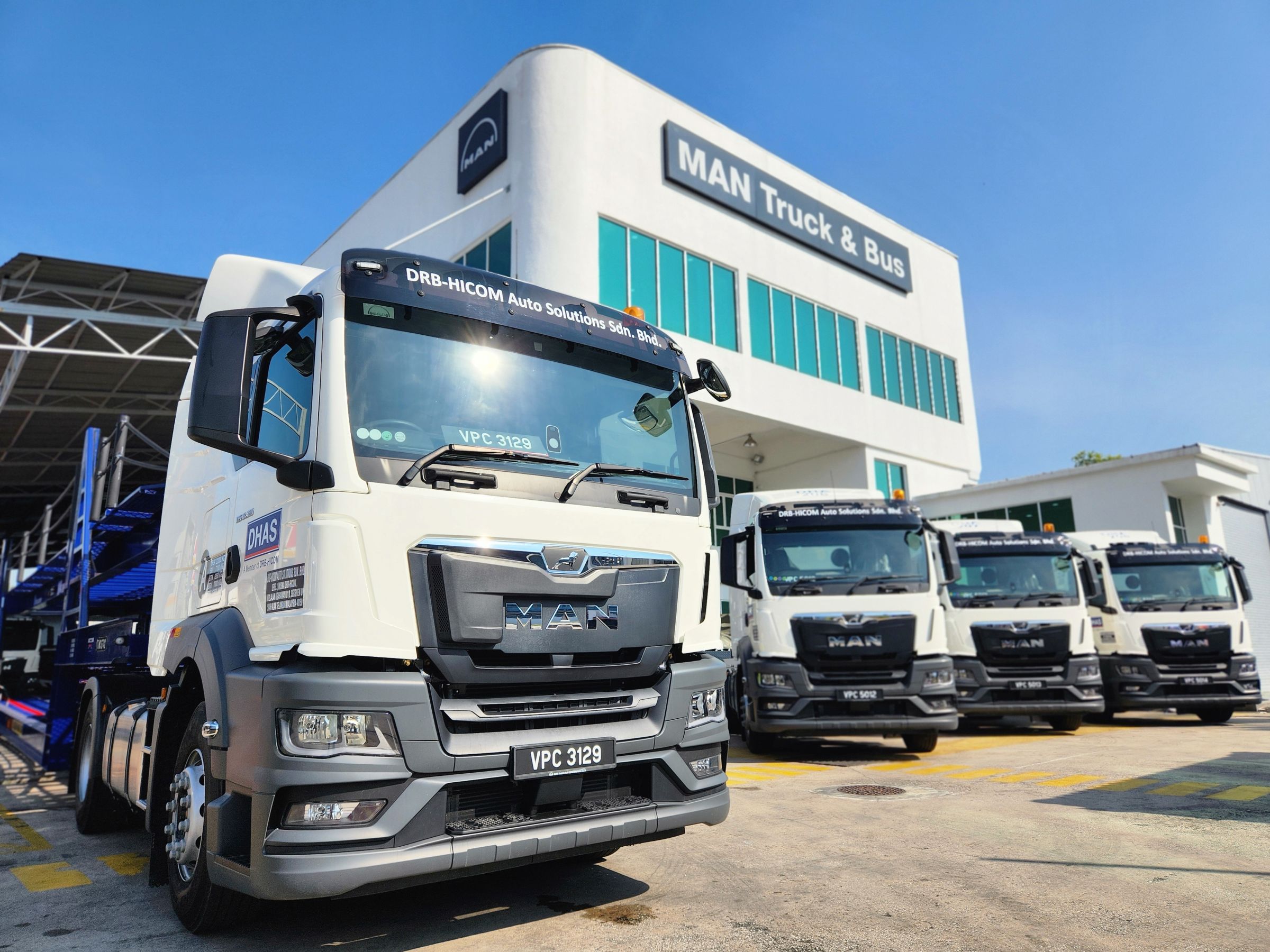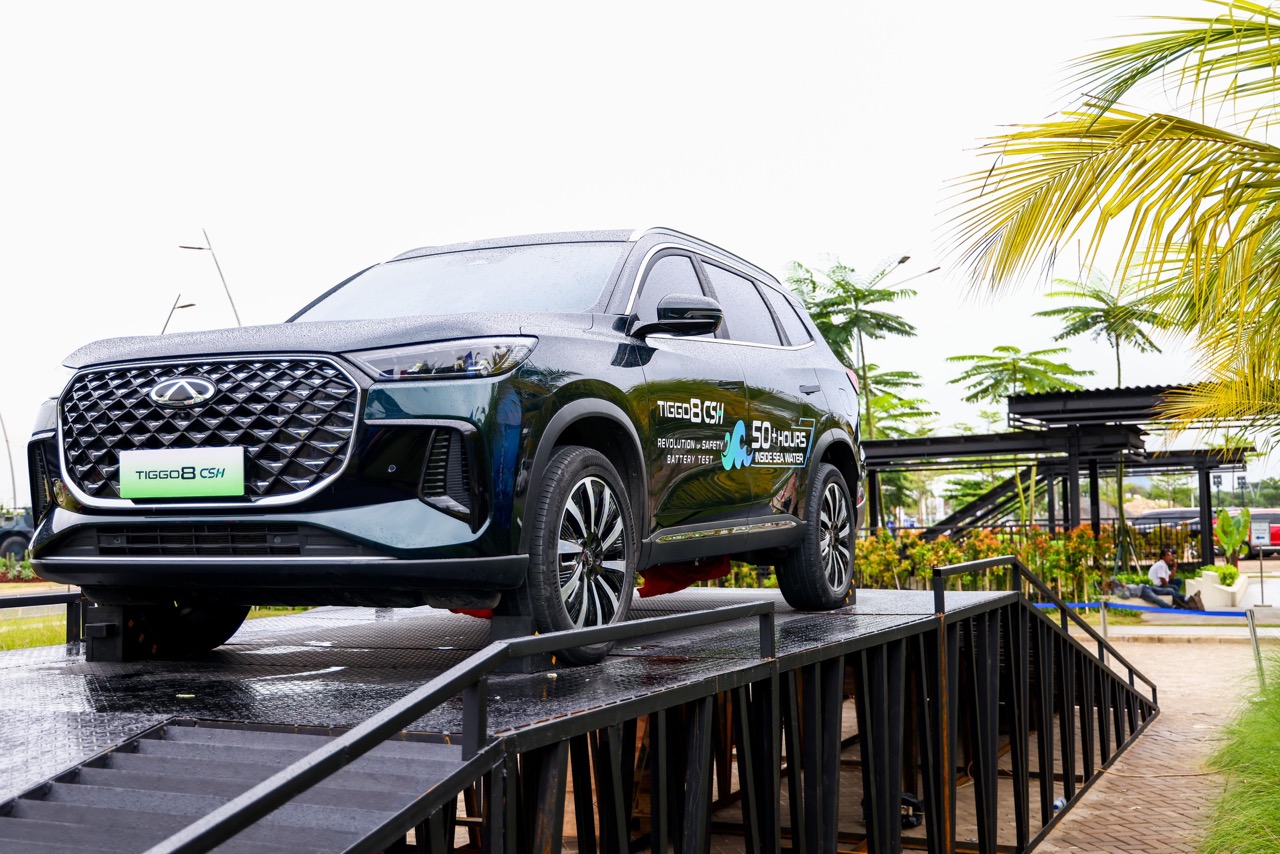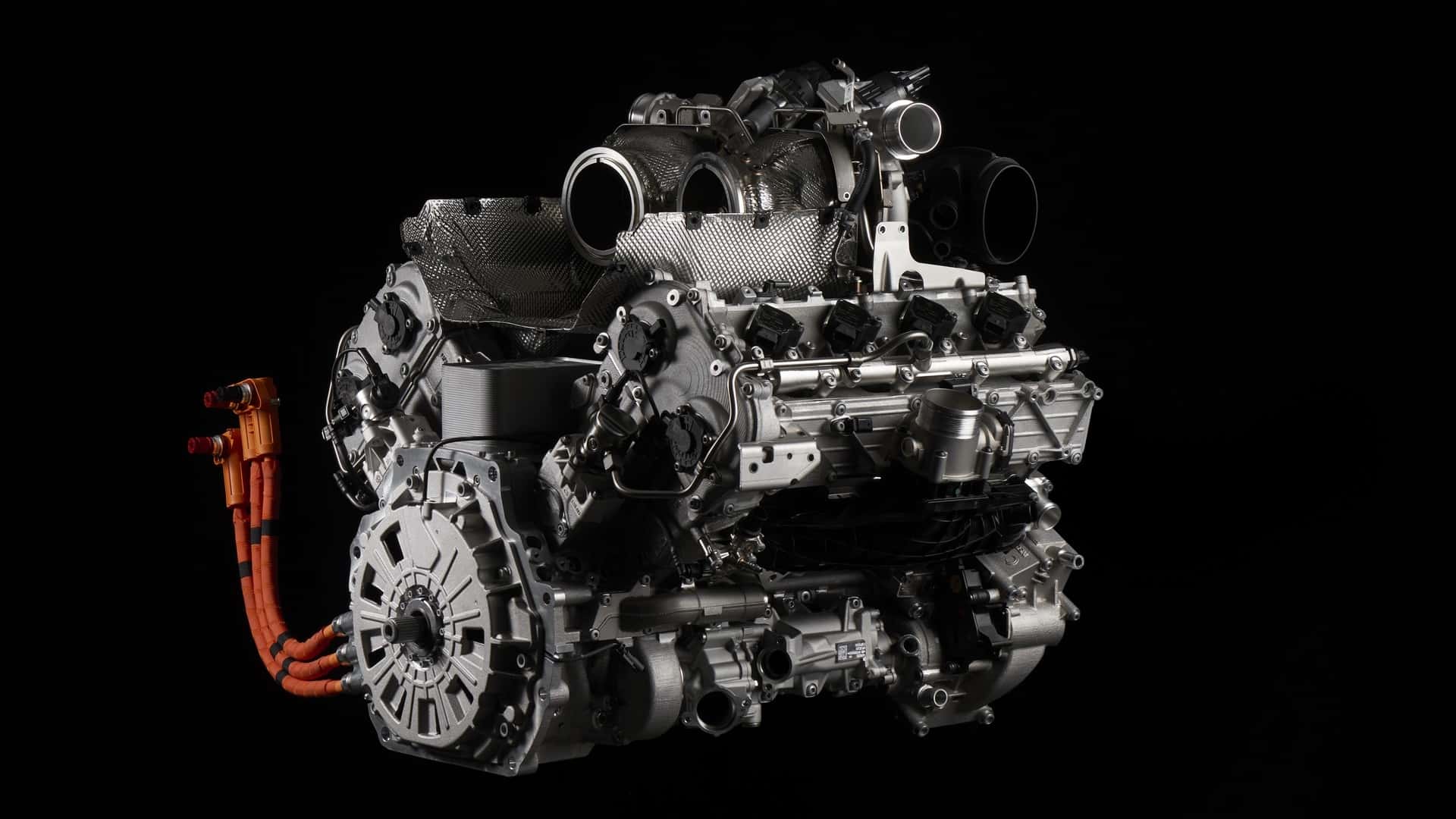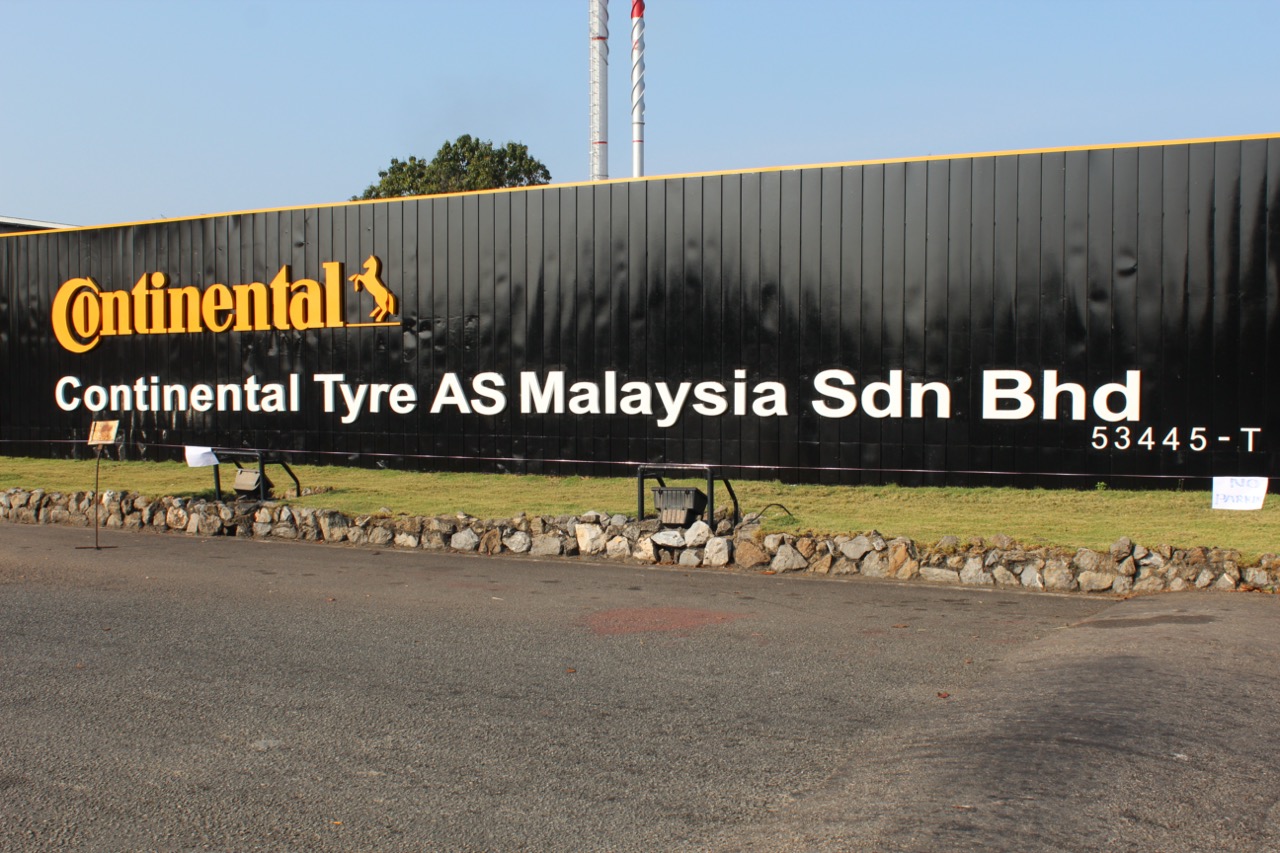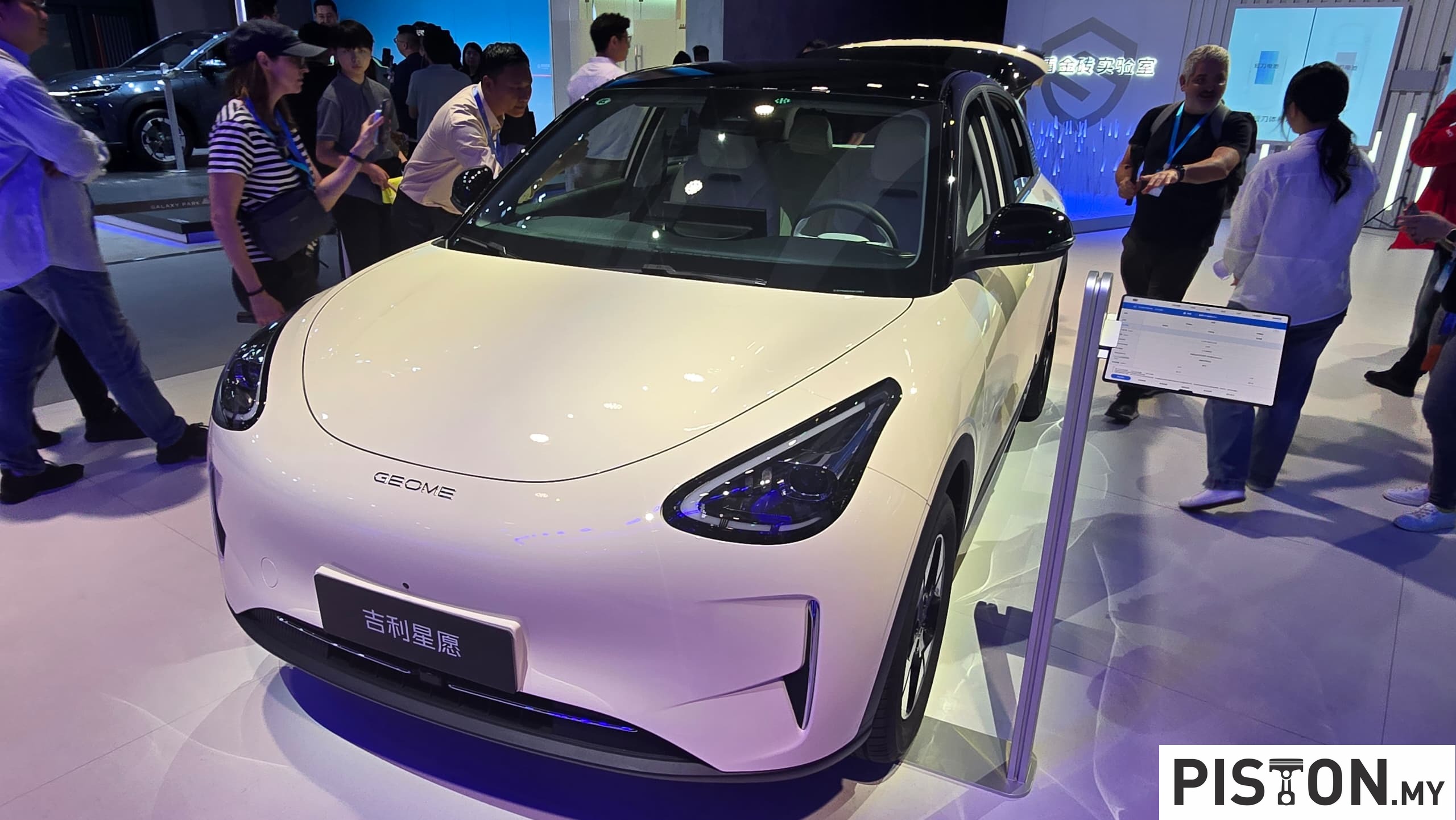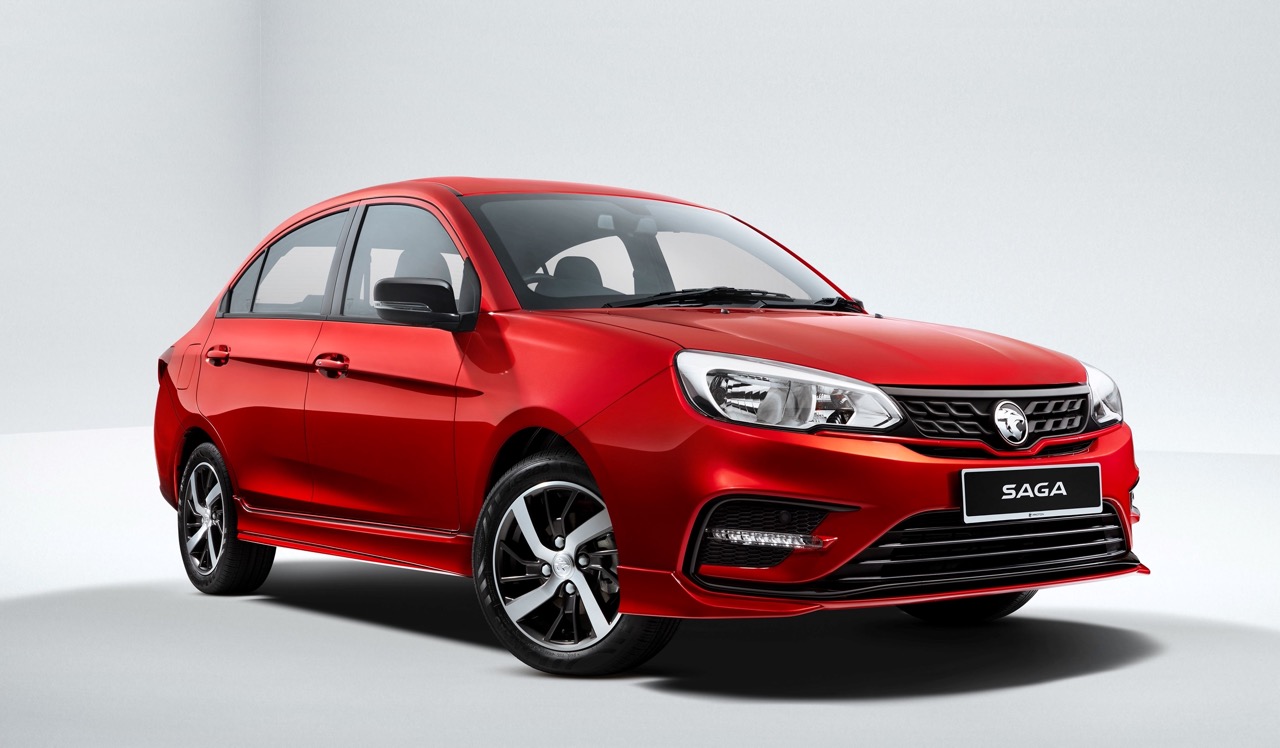“If you can find a better car, buy it!” the man on the TV screen urged American viewers one night in 1984. It wasn’t just any ordinary car salesman but the CEO and Chairman of Chrysler Corporation – Lee Iacocca. By then, he was already a celebrity in the auto industry he had joined 38 years earlier and would spend another 9 years before finally retiring.
The young generation may not be familiar with Iacocca, who passed away yesterday at the age of 94. But anyone who has had an interest in the auto industry will know that he was one of the legends from a time when the Big Three ruled and served as President of Ford Motor Company and then CEO and Chairman of Chrysler.
Though having a degree in mechanical engineering, an ambitious Iacocca had decided that sales was where the action was and where he would be noticed. He accepted a job at a Ford regional office instead of the R&D division at headquarters and there, he proved himself to be a talented salesman. But it was to be just a stepping stone because he told friends that his aim was to become a vice-president in the company by the time he was 35.
’56 for 56’ sales campaign
In 1956, he came up with a ’56 for 56’ sales campaign which offered customers any new 1956 Ford model for $56 a month over three years. It was a very successful campaign that was replicated in other parts of the country. The numbers caught the attention of top management and he was transferred to headquarters and moved up briskly. In 1961, when Ford’s President then, Robert McNamara, accepted President John F. Kennedy’s request to be Defence Secretary, Iacocca slotted into the position of Vice-President and General Manager of the Ford Division. He was 36 by then, just missing his target by a year.
Had he been older, he might have taken over McNamara’s position right away but his future was bright because McNamara had been impressed by his achievements and mentored him. 10 years later, at the end of 1970, he finally became President of Ford Motor Company.
Launch of the Mustang
One of Iacocca’s biggest product successes at Ford was the Mustang and some regard him as its ‘father’. The early 1960s was a time when Americans were very upbeat as the economy boomed and the young generation was energised by a young president (who was unfortunately assassinated). Iacocca saw this generation of new car-buyers as wanting something fresh and different. He envisioned a totally new type of product that was sporty and yet, from the company’s point of view, cost-effective enough to make a good profit. Furthermore, there was a level of customisation with options that was far greater than before (said to be Iacocca’s idea) and contributed further to the profit margin.
Flamboyant and outspoken, Iacocca inevitably became associated closely with the Mustang that had the whole of America talking when it was launched in April 1964. Magazines like TIME and Newsweek put the car on their cover – with Iacocca next to it rather than Henry Ford II who was the Chairman.
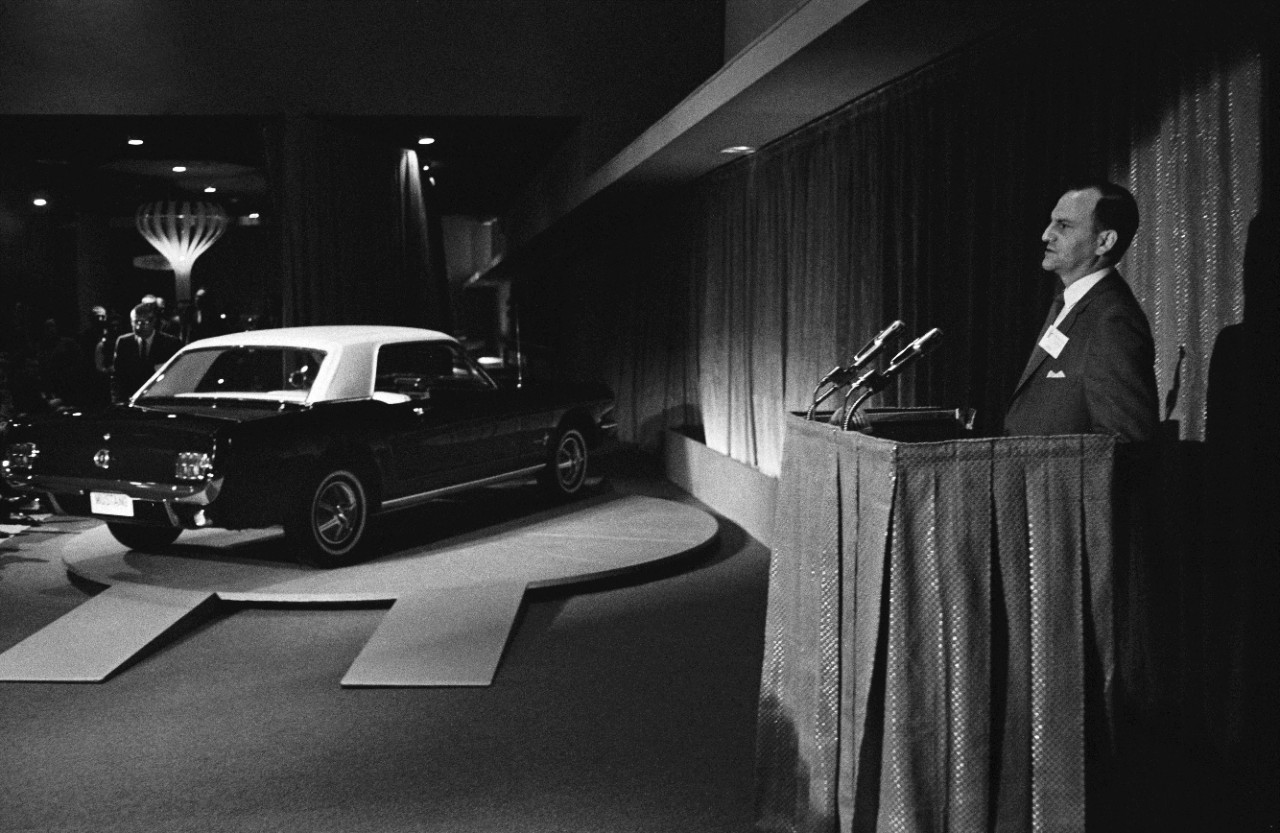
Fired by Henry Ford II personally
By the second half of the 1970s, Henry Ford II found he had a heart disease and realised he had to think of who would run the company after him. He had become disillusioned with Iacocca, by then President of Ford, who was flamboyant and got a lot of publicity. In fact, it was rumoured that Henry even commissioned a secret investigation into the life of Iacocca to see if there was anything scandalous or corrupt but nothing was ever found.
Nevertheless, one day in July 1978, Iacocca was summoned to Henry’s office and told he was fired. When he asked why, he was told, “Well, sometimes you just don’t like somebody”. Later on, he would say to reporters, “There comes a time when I have to do things my way. I can’t tell you anything more. It’s personal. It’s just one of those things.” But Iacocca was allowed to remain with the company another 3 months till his 54th birthday so he would be entitled to full retirement benefits.
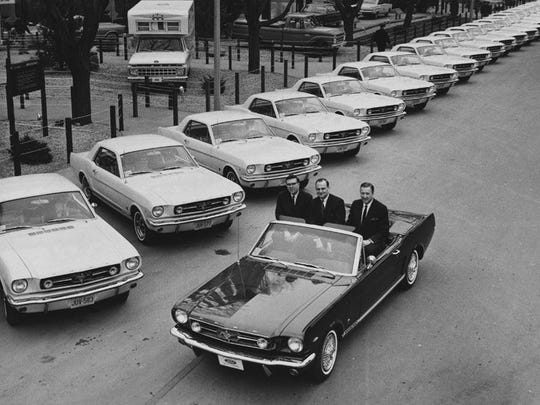
Perhaps recalling that his father was in tears the day Henry fired Iacocca, Bill Ford, Executive Chairman of Ford today and nephew of Henry Ford II, has kinder words about the man: “Lee Iacocca was truly bigger than life and he left an indelible mark on Ford, the auto industry and our country. Lee played a central role in the creation of Mustang. On a personal note, I will always appreciate how encouraging he was to me at the beginning of my career. He was one of a kind and will be dearly missed.”
Moving to Chrysler
The super salesman could not bear to be away from the industry and became President & CEO of Chrysler in 1978, and then Chairman a year after that. The company he joined was losing millions and seemed on the verge of closing down. Iacocca managed to get some product and marketing guys from Ford to join him in the challenge to resuscitate Chrysler.
Although Chrysler could struggle to remain in business, it wasn’t going to be able to recover much without an injection of money for development. So in 1979, Iacocca asked the US government to help by giving a loan guarantee which would enable the company to get US$1.5 billion. He was required to carry out massive cost-cutting and close plants. And as a show of confidence in better times for the company, Iacocca had his salary cut to just $1 a year, the first time any CEO ever did such a thing. By 1983, Chrysler was able to repay all the loans it had taken and it did so 7 years earlier than it had to.
Creation of another winner – the minivan
At Chrysler, Iacocca also initiated many product programs that were successful and the Mustang-rivalling success was the minivan. This new type of product was also the brainchild of Hal Sperlich, one of the ex-Ford guys. He was a product planner whom many say was the one who should have been given greater credit for the Mustang than Iacocca.
The minivan, sold as the Dodge Caravan and Plymouth Voyager when it was introduced in late 1983, offered the spaciousness of a large window van but the driving ease of a passenger car. You would recognise it as a MPV, which is what it was. With extra seats for more passengers and all the conveniences of passenger cars, it was a hit with American families, especially the ‘soccer moms’.
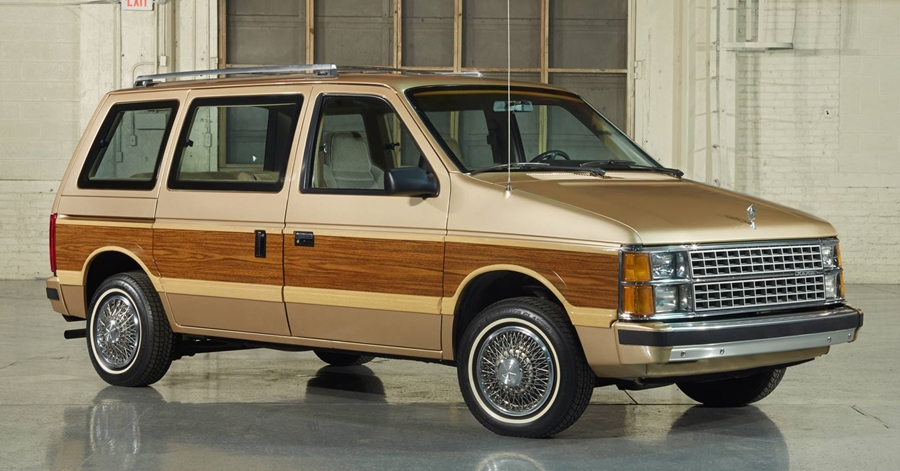
The success of the minivan was more associated with Chrysler than Iacocca but by then, he was already more of a celebrity in his own right than a prominent CEO of a car company. He was still vocal about many things concerning the industry, particularly imports of Japanese cars. In one of his books, he revealed that he had considered running for US President in 1988 but was talked out of it.
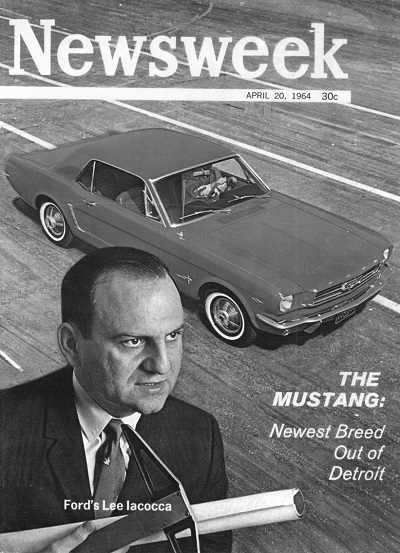 Out of touch with the real world
Out of touch with the real world
Iacocca retired from Chrysler at the end of 1992, bringing to an end a 46-year career in the auto industry. For a long time, he had been at the upper levels of Ford and Chrysler that he had, in some ways, lost touch with the real world. One story that reflected this was when he drove into a petrol station some time after he had retired. Parking next to the pump, he asked the person whom he assumed was an attendant to ‘fill her up’. To his surprise, he was told, “Do it yourself!”. Iacocca had not realised that self-service was the norm because he always had company cars (usually changed every 6 months) and they would be washed and refuelled by someone else. Even if he did drive, it was usually at test tracks or specific events but never on a daily basis like his customers.
Anger at the DaimlerChrysler ‘merger’
6 years after Iacocca left Chrysler, it was ‘merged’ with Daimler-Benz. It was a development which angered him, especially as his handpicked successor, Bob Eaton, had rather readily agreed to the terms of the ‘merger of equals’ that became DaimlerChrysler but which saw Chrysler being less than equal. It would have been interesting if Iacocca had been the one to negotiate with Jurgen Schrempp, Chairman of Daimler-Benz. Or maybe it would never have happened.
The era that Iacocca thrived in was a very different one from today and though there are still a few ‘cowboys’ in the industry who go with ‘gut feeling’, their influence is limited by board members who want only to please shareholders. His place in the Automotive Hall of Fame, where he was inducted in 1994, is certainly well deserved.





